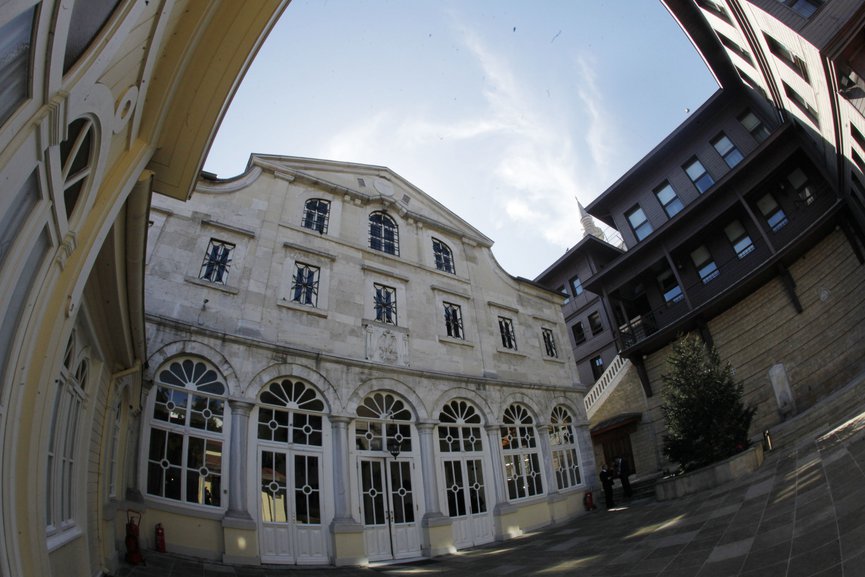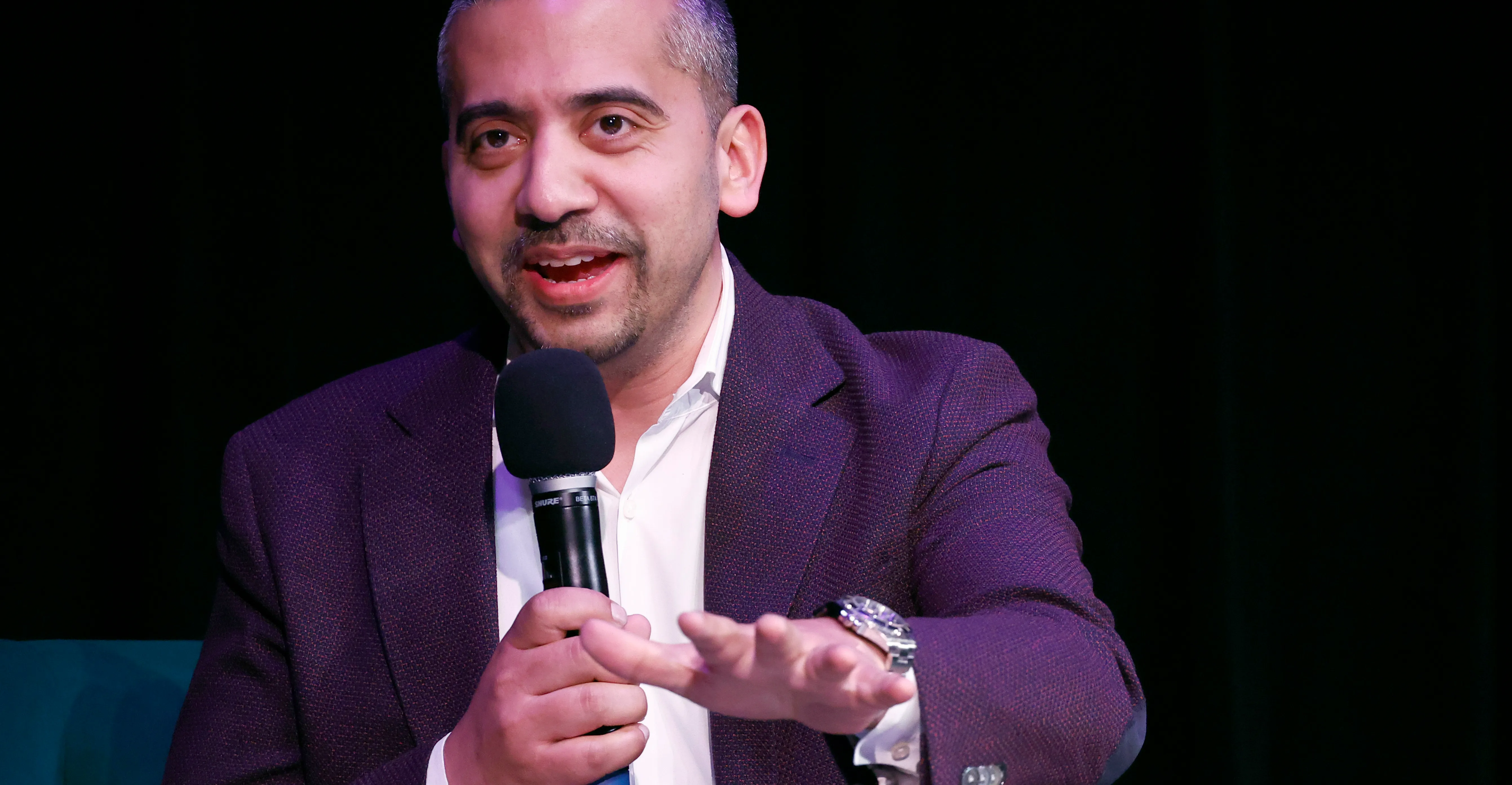A Retrospective Through the History of Ecumenical Patriarchate on the Occasion of Patriarch Bartholomew’s Visit
By Antonis
Copyright thenationalherald

The fifth visit of Ecumenical Patriarch Bartholomew to the United States, and given that our own Greek Orthodox Archdiocese of America is an ecclesiastical eparchy of the Ecumenical Throne, provides an opportunity to offer a concise retrospective and journey through the history of the Ecumenical Patriarchate for the fuller information of the Greek-American Community.
We begin by noting that the natural and geographical location of Constantinople is of decisive importance, which explains the pivotal role it has played in world history. Built on a “hilly peninsula” of seven hills—hence its name “City of Seven Hills”—Constantinople occupied a strategic position, a kind of key opening the sea and land gates between the Mediterranean and the Black Sea on the one hand, and Europe, Asia Minor, and the Middle East on the other.
In 685 B.C., settlers from Megara in Attica founded Chalcedon on the opposite Asiatic coast, while other Megarians under King Byzas established Byzantium on the site of present-day Constantinople. Later, the Roman Emperor Constantine the Great rebuilt the city and made it the new capital of the Roman Empire, thus it came to be called “New Rome.”
It should be emphasized that the transfer of the capital from Rome to New Rome—Constantinople—was not a mere relocation of a city, but a reconstitution of the structures, principles, and privileges of the entire Empire, and by extension, of the Church. The new city was inaugurated on May 11, 330 A.D., and alongside the Roman Hippodrome, Forum, and Imperial Palaces, there rose in grandeur the Christian churches of Hagia Irene, Hagia Sophia, and the Holy Apostles.
According to the Teaching of the Apostles, written around 200 A.D., the local Church of Byzantium was founded by St. Andrew the First-Called, disciple of Christ, who ministered there from 38 to 54 A.D. He was succeeded by the Apostle Stachys (54–68), then Onesimus (69–89), and so on through the centuries—among them St. John Chrysostom and St. Gregory the Theologian—down to the present Patriarch Bartholomew, the 270th successor of the Apostle Andrew. It is indeed staggering to contemplate the depth of history and the weight of honor borne today by Patriarch Bartholomew.
In this edition we publish separately the chronological list of the Patriarchs.
At the Second Ecumenical Council in 381, during the archiepiscopacy of St. Gregory the Theologian, the status of the Church of Constantinople was affirmed: it was granted “primacy of honor,” and its bishop was placed immediately after the bishop of Old Rome, “because it is New Rome.”
At the Fourth Ecumenical Council at Chalcedon in 451, the system of the “Pentarchy”—the five Patriarchates of Rome, Constantinople, Alexandria, Antioch, and Jerusalem—was established. At this same council, the authority of the Throne of Constantinople was expanded. Canon 28 declared the equality of honor between Old and New Rome and recognized Constantinople’s jurisdiction over Asia, Pontus, and Thrace, as well as the privilege of ordaining bishops for “barbarian” nations beyond its natural borders.
Rome objected, with its bishop insisting that only he, by Petrine succession, was supreme head of the Church. Yet the Councils had already affirmed the authority of Constantinople’s bishop, who by the sixth century bore the title “Ecumenical Patriarch.”
From Constantinople, the “Mother Church,” new local Churches were born. The Christianization of the Slavs followed, including the Russians in 988, when vast regions around Kiev and Novgorod embraced Orthodoxy and adopted Byzantium’s Greek cultural heritage. By the seventh century the Ecumenical Patriarchate oversaw 33 metropolises, 34 archdioceses, and about 352 dioceses. By the eighth century, that number had grown to 51 metropolises, 40 archdioceses, and more than 600 dioceses. Its reach extended to Kiev, Bulgaria, Serbia, and Russia. By the eleventh century, its jurisdiction spanned virtually all of Eastern Europe.
Decline began with the Crusades and the capture of Constantinople by the Latins in 1204, which cemented the Great Schism of 1054 between East and West—Rome and Constantinople, Roman Catholicism and Greek Orthodoxy. The fall of Constantinople to the Turks in 1453 ushered in an era of martyrdom for the Mother Church, as its flock dwindled drastically. Later catastrophes followed: the genocides of 1922–1923 against the Greeks of Asia Minor and Pontus, the anti-Greek pogrom of September 1955, the violent expulsions of 1964 linked with the Cyprus crisis, and the steady exodus of Greeks from Constantinople. Today only a few thousand remain in the city, and about six hundred on the islands of Imbros and Tenedos.
In 1971, Turkey inflicted yet another wound by closing the Theological School of Halki through a law banning private higher education.
Yet the “miracle” of the Church continues. Today, in Turkey, the Archdiocese of Constantinople maintains around forty active parishes, along with the Patriarchal Church of St. George. Five metropolises remain within Turkey: Chalcedon, Derkon, the Princes’ Islands, and Imbros and Tenedos.
The entire Greek diaspora belongs to the Ecumenical Patriarchate: the metropolises of Europe; the Archdioceses of America, Australia, Thyateira and Great Britain, and Canada; the metropolises of South America, Central America, Korea, Hong Kong, and New Zealand; the semi-autonomous Church of Crete; the 37 metropolises of the “New Lands” in Greece; the metropolises of the Dodecanese; the Exarchate of Patmos; Mount Athos; and Ukrainian dioceses in Europe, Canada, and the United States.
The Role of the Patriarch
The Ecumenical Patriarch’s role is coordinating for the Orthodox Church. Though often described as “first among equals,” in reality he bears unique responsibilities and privileges: only he holds the canonical, historical, and ecclesiological right to convene an Ecumenical Council, a Great or Greater Synod, or an Expanded Synod. The most recent example was the Holy and Great Council of the Orthodox Church, convened in Crete in June 2016.
He also holds the so-called ekkliton—the right of final appeal. If a hierarch in any Church has an unresolved issue with his synod, the Ecumenical Patriarch is the ultimate authority to adjudicate, always in light of the sacred canons and civil law. Recently, for example, the deposed Metropolitan of Paphos, Tychikos, appealed to the Patriarchate under this right. In simpler terms, the ekkliton functions as a kind of “ecclesiastical court of appeal.”
Locations and Relocations
Over the centuries, the Ecumenical Patriarchate has been housed in various places—Hagia Sophia, Hagia Irene—before settling in 1599 at its present seat in the Phanar.
The Patriarchal Church of St. George is majestic in its simplicity, filled with holy relics and treasures. The most revered is the Column of the Flagellation, to which Christ was bound and scourged. In the right aisle stand three bronze reliquaries containing the incorrupt relics of St. Euphemia, St. Solomone, and St. Theophano the Empress. In the left aisle, marble reliquaries hold the holy relics of St. John Chrysostom and St. Gregory the Theologian, transferred from Rome to Constantinople only a few years ago.
At the entrance is the “Closed Gate” of Patriarch Gregory V, where he was hanged by the Turks in 1821 during the Greek Revolution, before his body was cast into the Golden Horn.
Adjacent to the Patriarchal Church lies the Patriarchal Residence: the offices, the Synod Hall, the Throne Room, the Chapel of the Panagia, the Patriarch’s office, and others. The Patriarchate functions as a monastery: the Patriarch is the Abbot, and the clergy of the Patriarchal Court live as monks. The Patriarch’s own quarters are within, and nearby is the Patriarchal Chapel, where Matins is served daily under his presidency. Often, he himself chants as a simple priest, without insignia.
Meals are taken in common, monastic style: what the Patriarch eats, all eat—metropolitans, priests, deacons, and even the caretaker. During fasts, the observance is strict: during the first week of Great Lent, for instance, the fare is a boiled potato without oil, three olives, a tomato, bread, and fruit.
Each evening at 4 p.m. Vespers is served, and after supper the service of Compline in the Patriarchal Chapel. At its conclusion, each cleric greets the Patriarch, kisses his hand, and receives his blessing for the night. On Sundays and great feasts, he celebrates or presides at the Patriarchal Church or in a parish of Constantinople.
The Patriarch chairs the Holy Synod, composed of twelve metropolitans after the model of the Twelve Apostles. Until recently, only bishops from Turkey were permitted by Turkish law to serve on the Synod. Patriarch Bartholomew changed this: today, six members are from Turkey and six from eparchies abroad.



